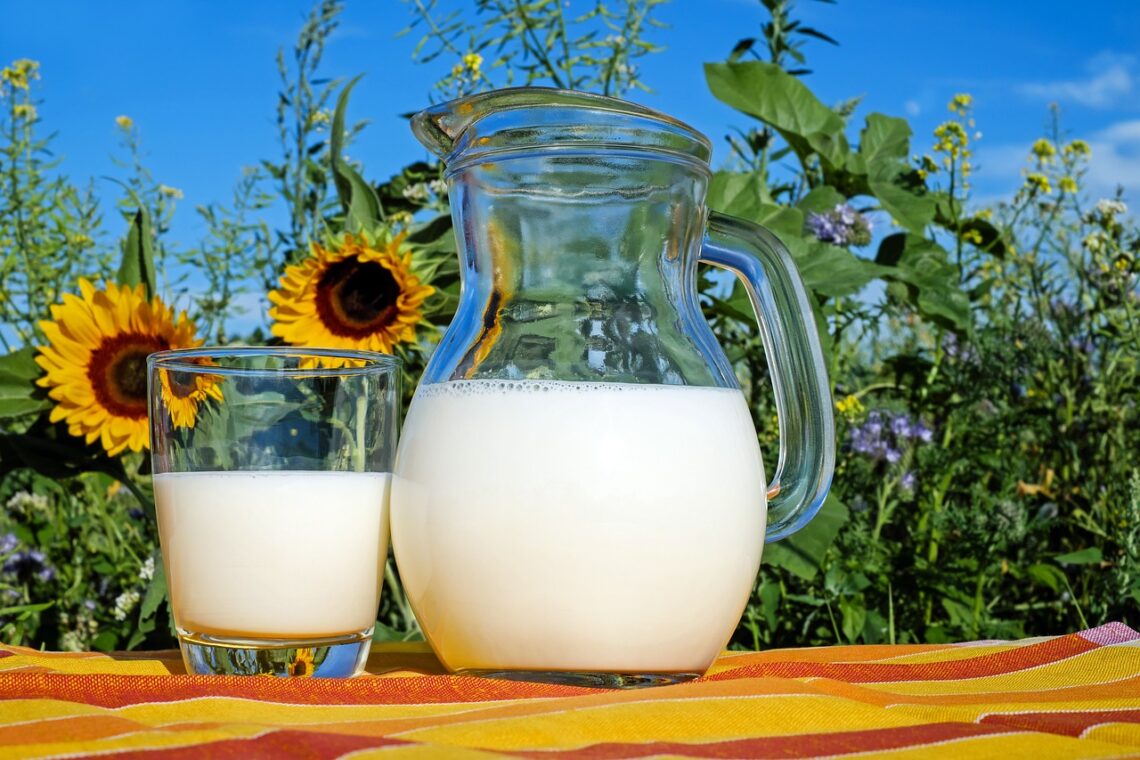Learn everything about using Milk Fertilizer on plants, along with the pros and cons of this calcium supplement.
Milk is not just beneficial for humans, but it is also quite advantageous for plants. You can feed your plants with milk fertilizer and treat many plant issues, such as viruses, calcium deficiencies, and powdery mildew. Read more details in this post.
Using Milk For Feeding Plants

Type of Milk for Making Fertilizer
You can use expired milk, powdered milk, fresh milk, or evaporated milk. The most essential thing is to always dilute the milk with water and make a solution of 50 percent water and 50 percent milk.
How to Use Milk Fertilizer on Plants
For foliar spray, fill the solution in a clean bottle. Spray the milk fertilizer to plant leaves. The foliage will soak the milk solution.
Note: Remember that plants like tomatoes are susceptible to fungal diseases if milk solution stays on the foliage for a long duration.
If the fertilizer is not soaked properly, clean the leaves carefuly using a wet cotton towel or spray water on it. In case, you have many plants or a large garden, you can use less milk. A common method for fertilizing large gardens with milk is to use a garden hose sprayer, which keeps the milk diluted with the flowing water.
Spray until the entire area is evenly coated. Use approximately 5 gallons of milk per acre (19 liters per 0.5 hectare) or about 1 quart of milk for a 20 by 20 foot (1 liter per 6 by 6 meter) garden patch.
Let the milk absorb in the ground. Do repeat this process once at the start of the growing season, in mid of season, or every few months. Instead, spray the milk solution at the base of the plant so roots soak it; this approach is ideal for small gardens.
You can also set the top part of a 2-liter soda bottle upside down in the soil near the new plants during the start of the growing season. This reservoir is ideal for watering plants and feeding them with milk. After applying the milk fertilizer, avoid using chemical pesticides or fertilizers in the area.
This can impact the key fertilizer components in milk that benefit plants—bacteria. Although there might be some odor from the decaying bacteria, it should dissipate after a few days.
Benefits of Using Milk Fertilizer
Milk is a valuable source of calcium for both humans and plants. Raw, unpasteurized cow’s milk offers plants many of the same nutrients it provides to humans and animals. It has useful proteins, sugar, and vitamin B, which improve plant health and boost crop yields.
The microbes that sustain elements of milk fertilizer are good for the soil. Plants, like humans, use calcium for growth. A calcium deficiency is evident when plants appear stunted and fail to reach their full potential. Blossom end rot, commonly seen in squash, tomatoes, and peppers, results from insufficient calcium.
Fertilizing the plants from milk provides them with adequate moisture and calcium. Using milk as a pesticide has shown varying degrees of effectiveness, particularly against aphids. One of the most beneficial uses of milk is reducing the transfer of mosaic leaf viruses, such as the tobacco mosaic virus.
Milk has been efficiently used as an antifungal agent, particularly in preventing powdery mildew.
Disadvantages of Using Milk on Plants
It is suggested not to use too much milk as the bacteria in it can damage it and lead to bad odors and poor and wilting growth. Additionally, the fat in milk can create nasty odors as it decomposes.
Also, avoid using dried skim milk as it causes Alternaria leaf spot, soft rot, and black rot on processed cruciferous crops.
Decomposed milk on leaves can look unappealing.



